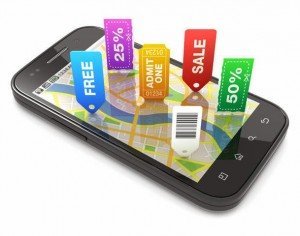
A quick glance at the eBay India Census 2012 report indicates that e-commerce is here to stay. eBay Census 2012 research findings were based on an analysis of all online buying and selling transactions by Indians on eBay between July 1, 2011 and December 31, 2012. At eBay India today, every one minute a mobile accessory changes hands and every two minutes a mobile handset. It has 4,306 e-commerce hubs today, of which 1,015 are hubs in rural India, indicating that consumers in the smaller towns of India are a major force in this online growth story.
|
Internet Country Code
|
IN
|
|
ISP
|
180
|
|
Internet Hosts
|
4536000
|
|
Internet users
|
100 Million+
|
|
Internet penetration
|
8.4% of population
|
|
Number of internet connections
|
22.39 million
|
|
Broadband Users
|
13.35 Million
|
|
Users access through mobile
|
59%
|
|
Average speed
|
256kbps, 5.6 mbps internationally
|
|
Technology
|
E-Commerce
|
M-Commerce
|
|
Device
|
PC
|
Smartphone’s, pagers, PDAs,
|
|
Operating System
|
Windows, Unix, Linux
|
Symbian (EPOC), PalmOS, Pocket PC, proprietary platforms.
|
|
Presentation Standards
|
HTML
|
HTML, WML, HDML, i-Mode
|
|
Browser
|
Microsoft Explorer, Netscape
|
Phone.com UP Browser, Nokia browser, MS Mobile Explorer and other microbrowsers
|
|
Bearer Networks
|
TCP/IP & Fixed Wire line Internet
|
GSM, GSM/GPRS, TDMA, CDMA, CDPD, paging networks
|
You might like reading:

Demystifying Goods and Service tax (GST)
1.Introduction Billed as India’s biggest indirect tax reform since independence- Goods and Service Tax once introduced has the potential to boost economic growth and according to analyst add around 0.9%-1.5% to our GDP. GST has been implemented by over 150 countries owing to its transparency and revenue increasing capabilities. The idea of GST is almost a decade old and was […]

At your service, Sir !!
True to the maxim by Philip Kotler- “Marketing takes a day to learn. Unfortunately it takes a lifetime to master”, all the companies try to achieve the best of the marketing practices in this vicious world. If one looks at service sector in particular, it is going through a phase of rapid changes. The changes in government regulation, privatization, globalization, […]































